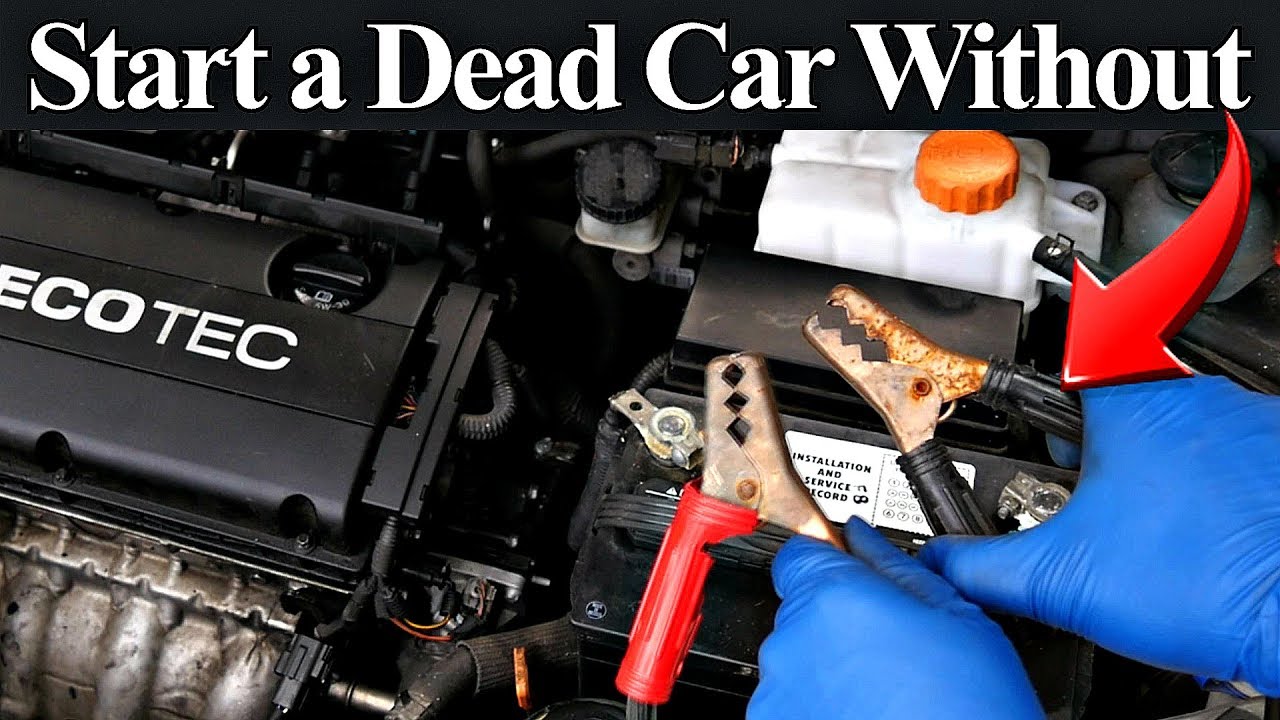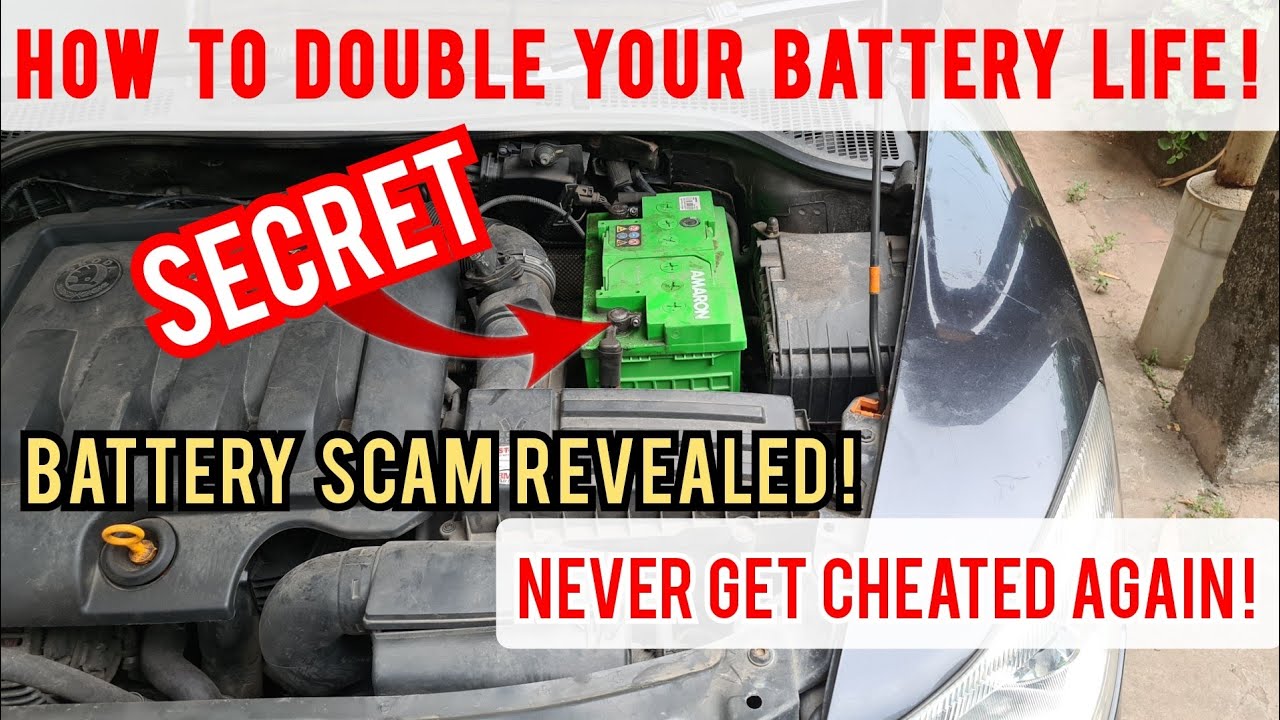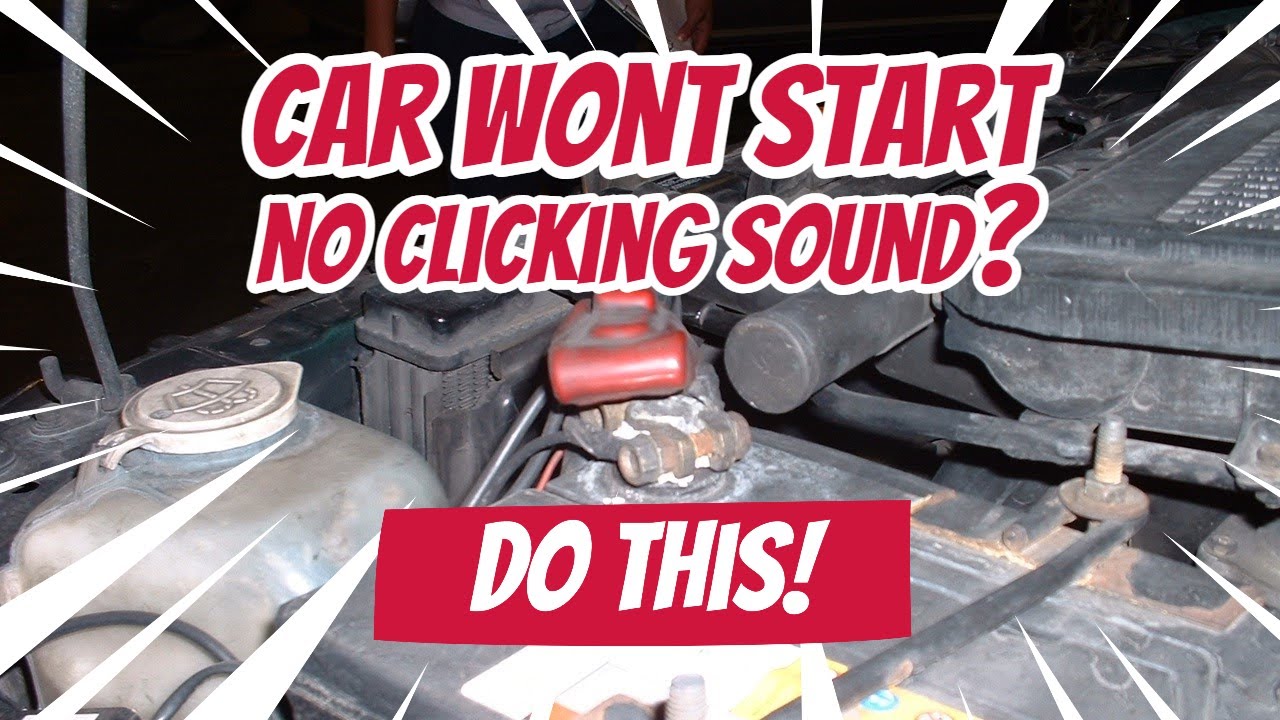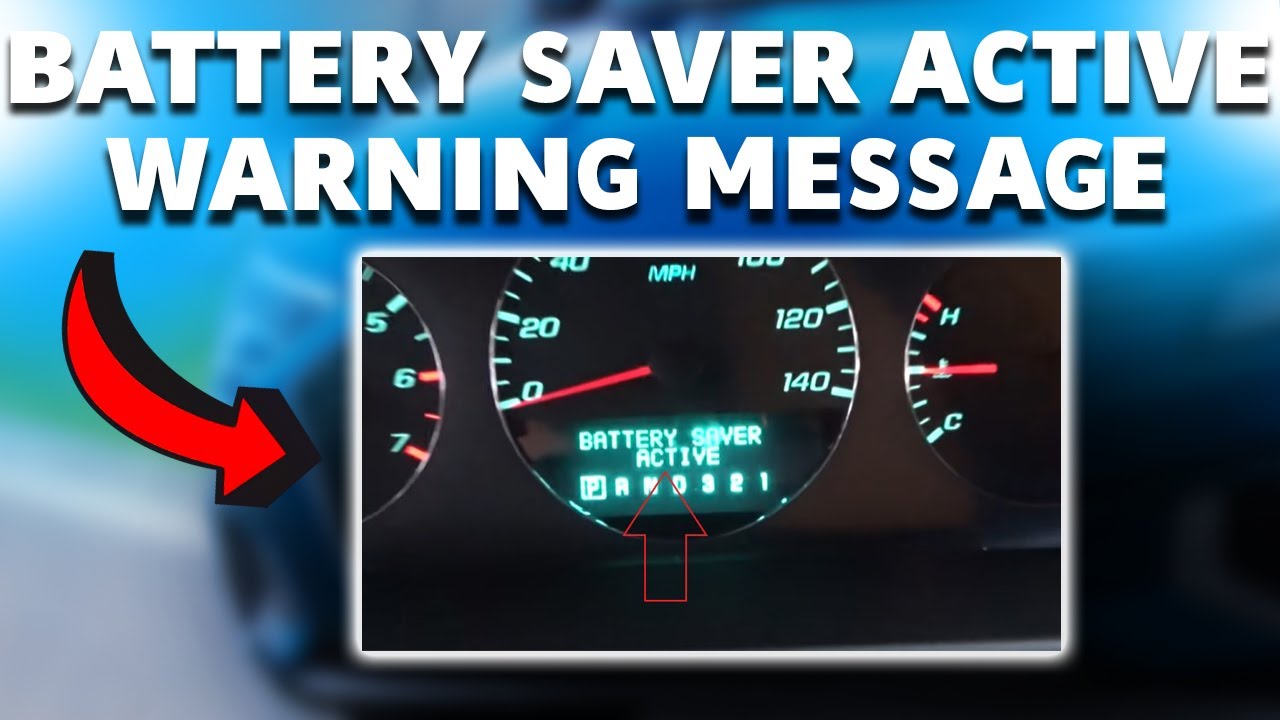Stranded with a dead battery? No need to panic! These 10 simple yet effective tricks will breathe life back into your car’s battery in no time. Get ready to turn that ignition and hear your engine purr back to life with these hassle-free solutions.
You don’t need to call for a tow truck. Sit tight and get ready to impress your friends with your newfound knowledge. Here are the simplest ways to start a car with a dead battery:
1. Jump-start your car with another vehicle: Follow these steps to jump-start your car with another vehicle.
- Park the two vehicles close enough together that the jumper cables can reach both batteries but not touching each other.
- Turn off the engine of both cars and ensure that all electrical components, such as headlights and radios, are turned off.
- Connect the red positive (+) jumper cable clamp to the positive (+) battery terminal on the dead car.
- Connect the other end of the red positive (+) jumper cable clamp to the positive (+) battery terminal on the charged car.
- Connect the black negative (-) jumper cable clamp to the negative (-) battery terminal on the charged car.
- Connect the other end of the black negative (-) jumper cable clamp to a metal part of the dead car’s engine block or other grounded metal parts away from the battery.
- Start the engine of the charged car and let it run for a few minutes.
- Attempt to start the engine of the dead car. If it starts, leave both cars running for a few more minutes.
- Disconnect the jumper cables in the reverse order of how you connected them, starting with the black negative (-) cable on the previously dead car.
- Take a short drive in the recently jump-started car to recharge the battery fully.
2. Push-start your car: Follow these steps to push-start your car with another vehicle.
- Ensure the parking brake is engaged and the ignition key is in the “on” position.
- If your car has a manual transmission, depress the clutch pedal to the floor. If your car has an automatic transmission, make sure the car is neutral.
- Ask a friend to help you push the car.
- Release the parking brake and have your friend begin to push the car.
- Once the car is moving at a decent speed (around 5-10 mph), depress the clutch pedal in case of manual transmission or shift the transmission into first gear in case of automatic transmission.
- Once the clutch is engaged or the transmission is in gear, release the clutch pedal slowly while pressing down on the gas pedal.
- If the engine turns over and starts, release the clutch pedal completely and keep the gas pedal pressed down for a few seconds to allow the engine to stabilize.
- Once the engine is running, drive the car to recharge the battery and allow the alternator to recharge it.
3. Use a jump starter: This portable device can jump-start your car without needing another vehicle.
4. Use a battery charger: Connect your dead battery to a charger and wait for it to recharge before starting your car.
5. Use a portable power bank: Similar to a jump starter, a portable power bank can quickly boost your car’s battery.
6. Try a battery desulfator: A desulfator is a device that can help remove sulfation from your battery, potentially improving its ability to hold a charge.
7. Clean your battery terminals: Dirty or corroded battery terminals can prevent your car from starting.
8. Warm up your battery: If the temperature is below freezing, warming up your battery with a portable heater improves the ability of your car to start.
9. Tap on the battery: Sometimes, a dead battery needs a little nudge. Use a rubber mallet or the back of a screwdriver to tap on the battery and see if it helps.
10. Replace your battery: If none of the above methods work, it may be time to replace your battery with a new one.




